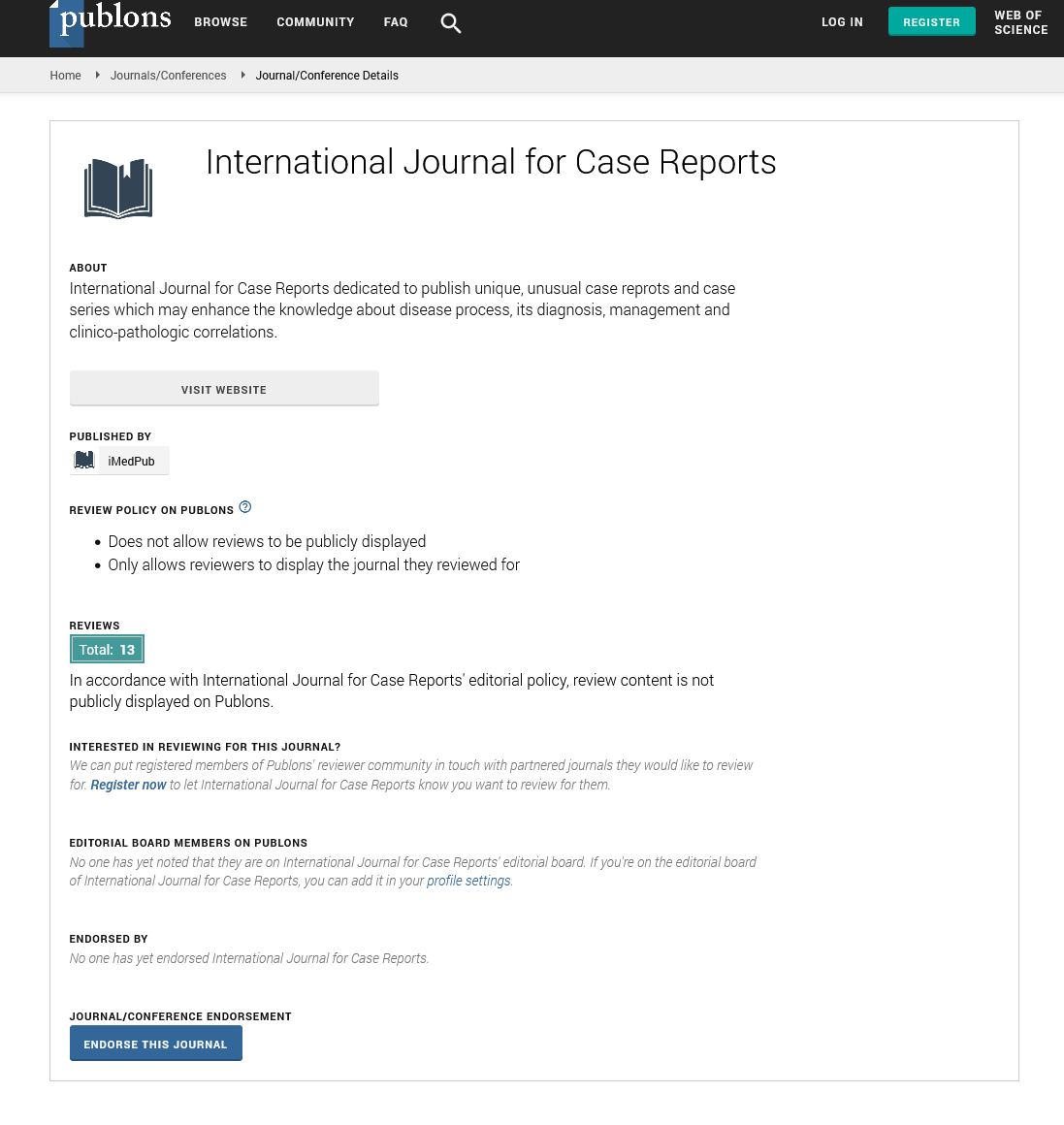Abstract
Surgical approaches to autologous limbal stem cell transplantation (LSCT) following severe corneal chemical burns
Chemical injury of the conjunctiva and cornea are true ocular emergencies and require immediate intervention. They can produce severe and extensive eye damage including limbal stem cell deficiency (LSCD), which can lead to loss of vision. LSCD can be surgically treated through autologous limbal stem cell transplantation (LSCT). Autologous LSCT can be performed through cultivated limbal epithelial transplantation (CLET) or by direct grafting of limbal epithelial cells through conjunctival-limbal autografting (CLAU) or simple limbal epithelial transplantation (SLET). In this review we provide an overview of each surgical approach. CLET allows a large graft implantation in the receiving eye while saving donor cells. Its success rate is higher with an increased number of transplanted stem cells and failures tend to happen within the first year. CLAU is achieved by directly transplanting autologous limbal stem cells from the patient’s healthy eye, reducing the risk of immune rejection.
Author(s): Safa Mohanna, Sina Elahi, Christophe Panthier, Damien Gatinel
Abstract | Full-Text | PDF
Share This Article
Google Scholar citation report
Citations : 22
International Journal for Case Reports received 22 citations as per Google Scholar report
International Journal for Case Reports peer review process verified at publons
Abstracted/Indexed in
- Google Scholar
- Publons
Open Access Journals
- Aquaculture & Veterinary Science
- Chemistry & Chemical Sciences
- Clinical Sciences
- Engineering
- General Science
- Genetics & Molecular Biology
- Health Care & Nursing
- Immunology & Microbiology
- Materials Science
- Mathematics & Physics
- Medical Sciences
- Neurology & Psychiatry
- Oncology & Cancer Science
- Pharmaceutical Sciences
